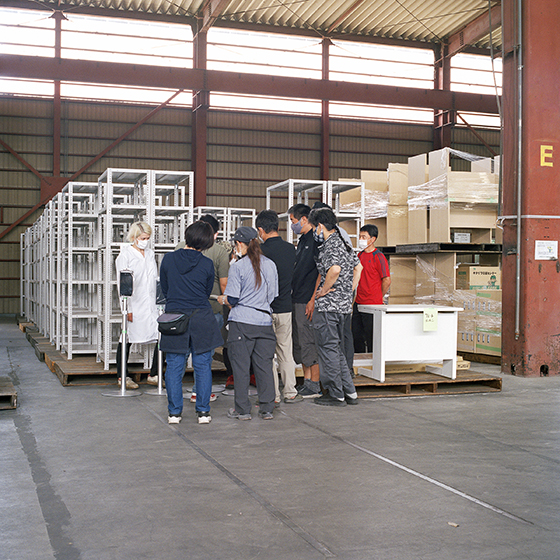
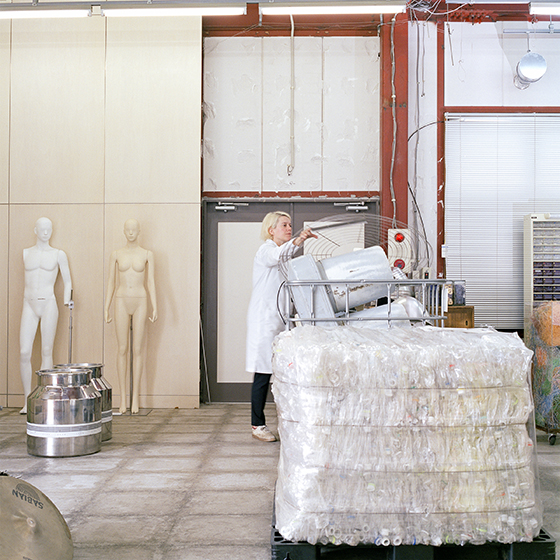
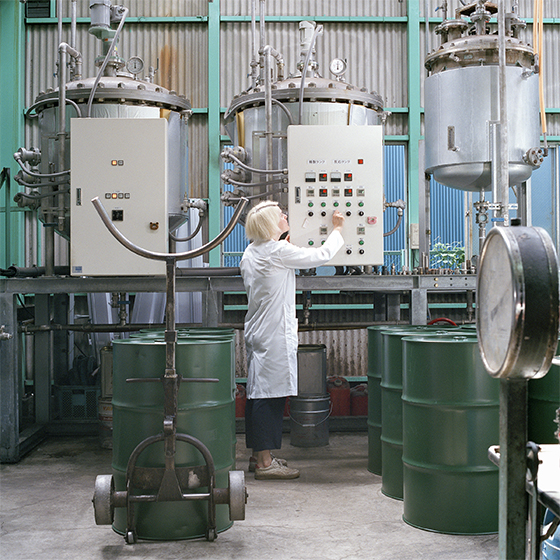
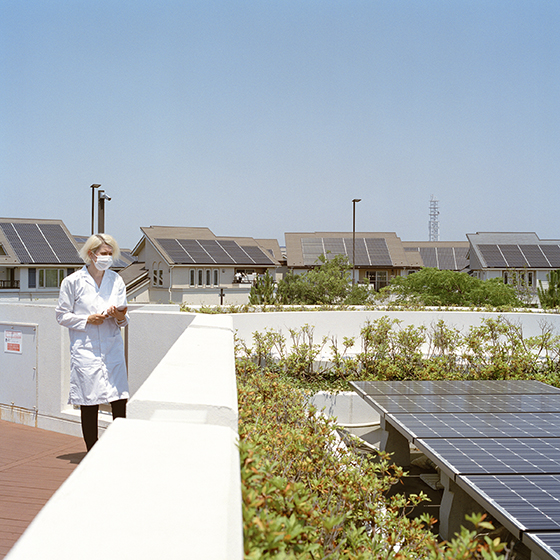
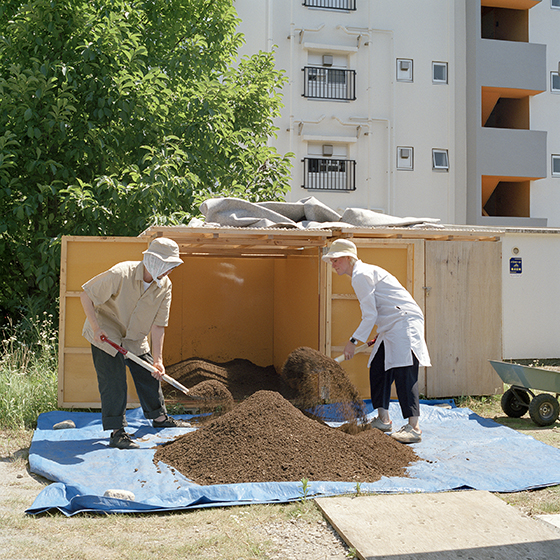
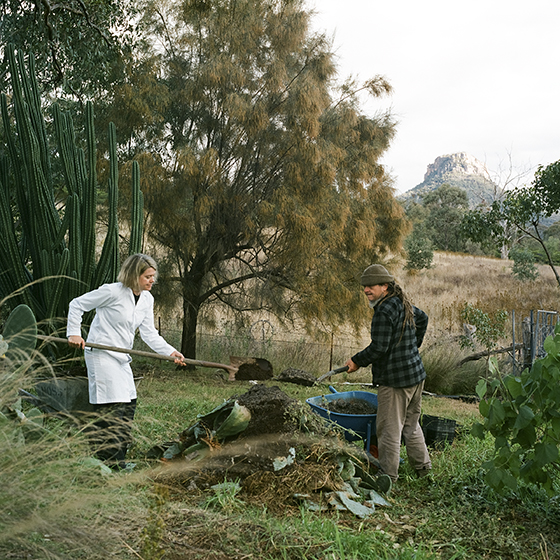
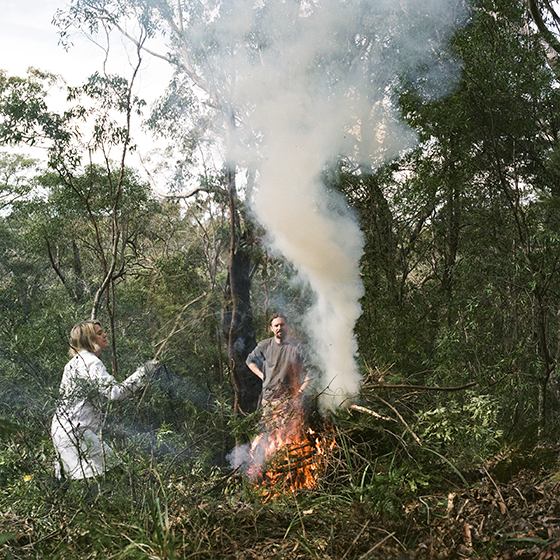
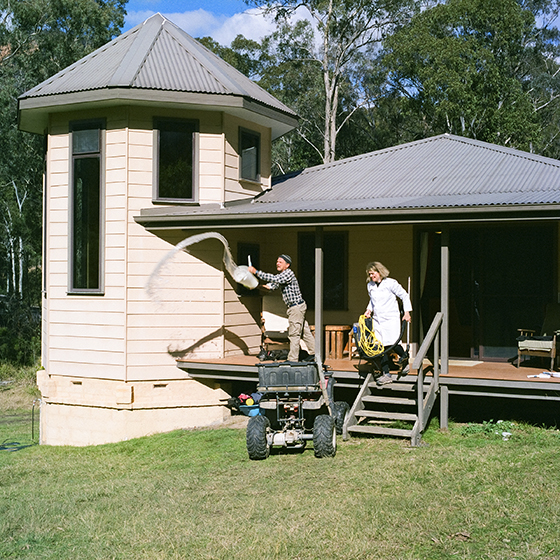
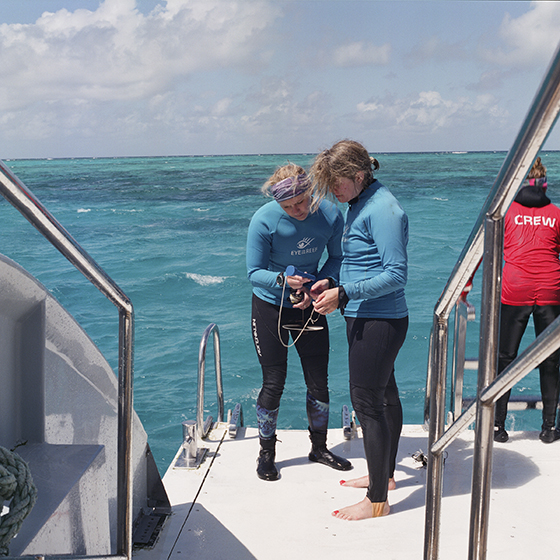
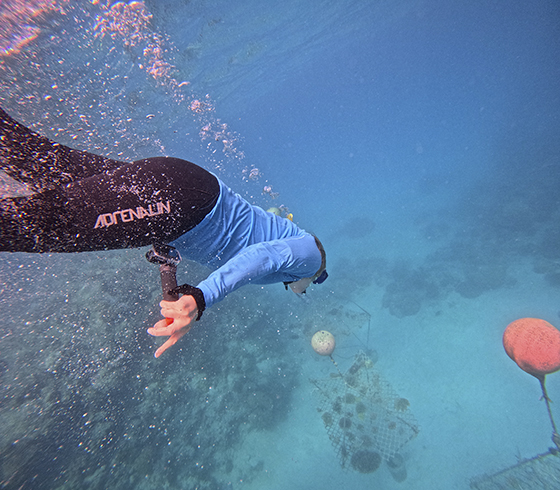
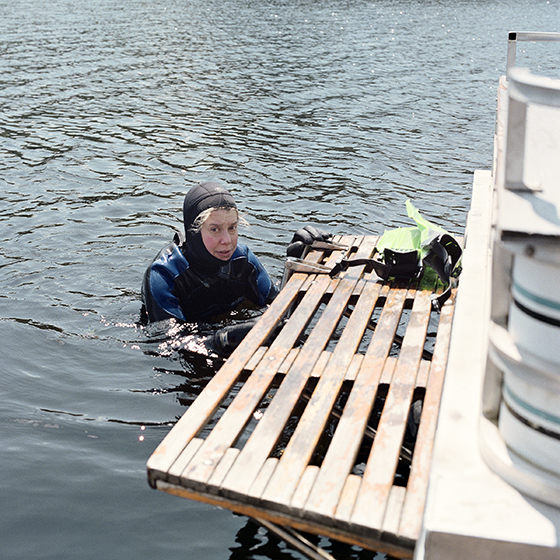
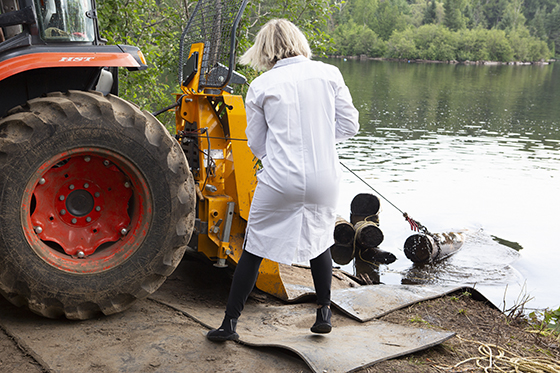
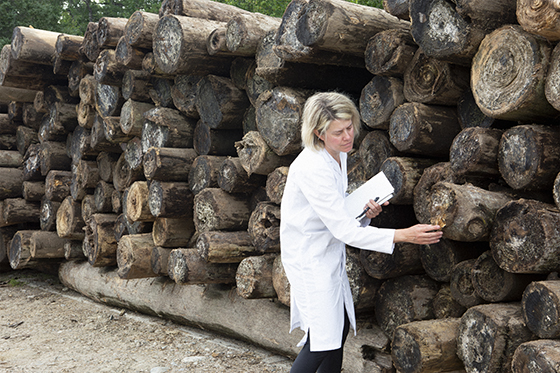
No Hero – 2022 to ...
The No Hero project is a series of photographs illustrating what needs to be done, in different places around the world, to confront and resolve the climate crisis we are currently experiencing. Whether in literature or film, most of the narratives we create commonly use the figure of the hero as a mechanism for telling a story. These narratives often feature a single person battling villains or adversity and doing the impossible to save the world. Solving the climate crisis, on the other hand, will require the collective efforts of countless people from different segments of society around the world. This means valuing both small individual actions and large collective initiatives. No single hero will be able to accomplish this task alone.
In my artistic practice over the last twenty years, I have used self-portraiture in a variety of social contexts. For the No Hero project, I take part for a short period in initiatives that offer solutions for reversing climate change and then photograph myself in these environments. Taken together, these images seek to create a narrative that highlights the extent to which our fixation on the hero is impossible or improbable: one person alone cannot bring about the necessary change. The title No Hero also underlines a feminist approach. Positive social change most often results from a deep connection with the people around you rather than a patronising relationship; it comes from working together rather than from an individualistic approach. Many of the qualities that are important are considered “feminine”: listening, respect, patience, negotiation, strategic planning, storytelling. But we like our heroes lonely and exceptional, and the spectacle of violence and muscle power, and in our attempt to get them we get the wrong idea about how change happens, what role we might play, or how important ordinary people are to social transformation.
By presenting myself as a humble and cooperative heroine in multiple and different scenarios relating to climate action, I emphasise the impossibility of any one person taking all these actions. By showing myself in action, my photographs make it very tangible what needs to be done to reduce carbon emissions in Tokyo, Australia and Quebec. They reinforce the idea that it is possible to work together and present different ways of achieving this. It is the environments and people illustrated in these photographs that make climate action, which is often too broad and difficult to grasp, more understandable and accessible.